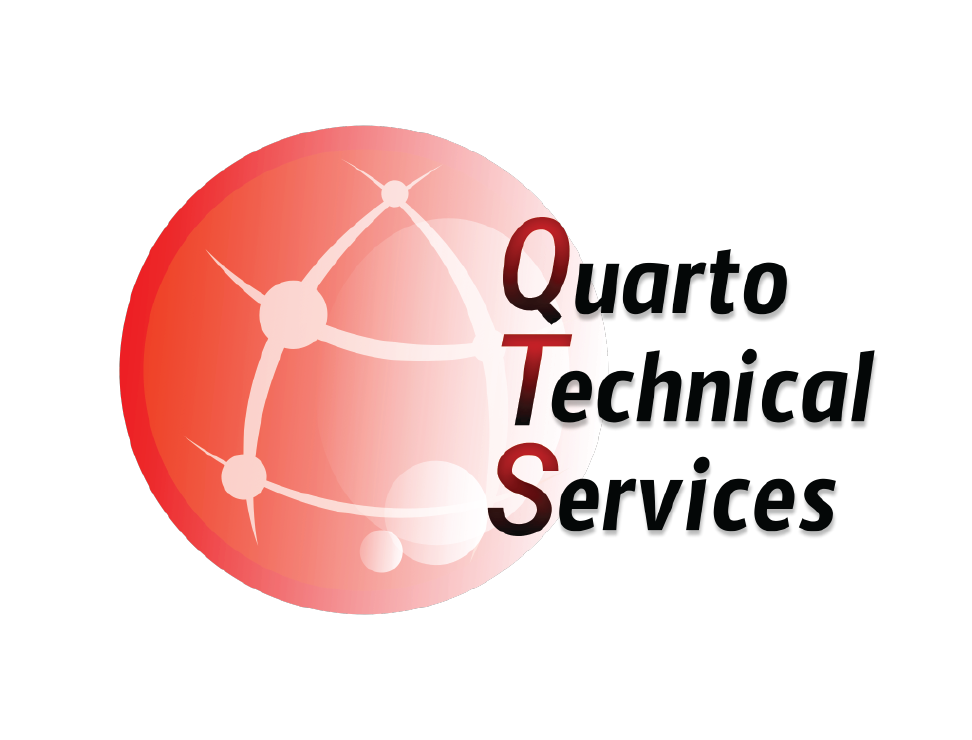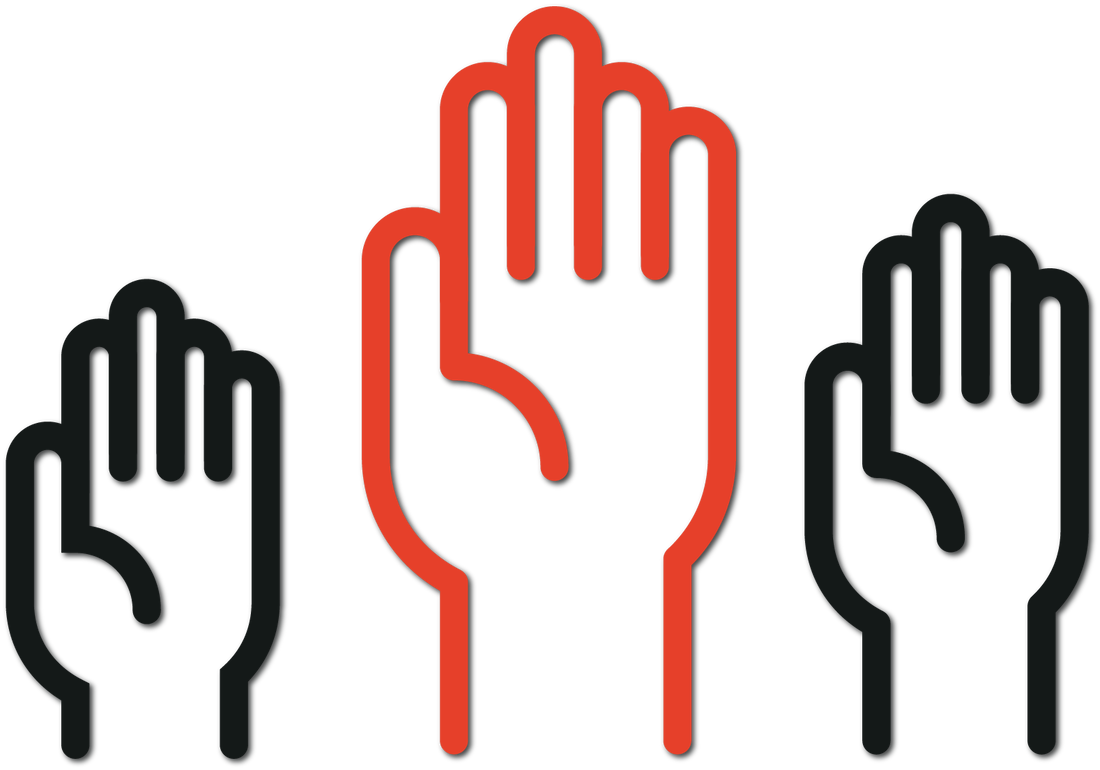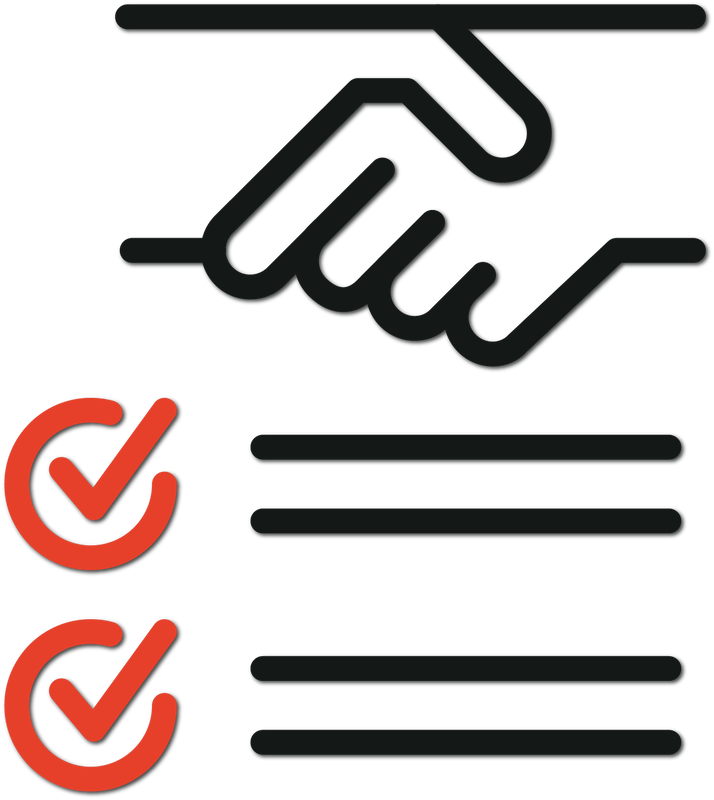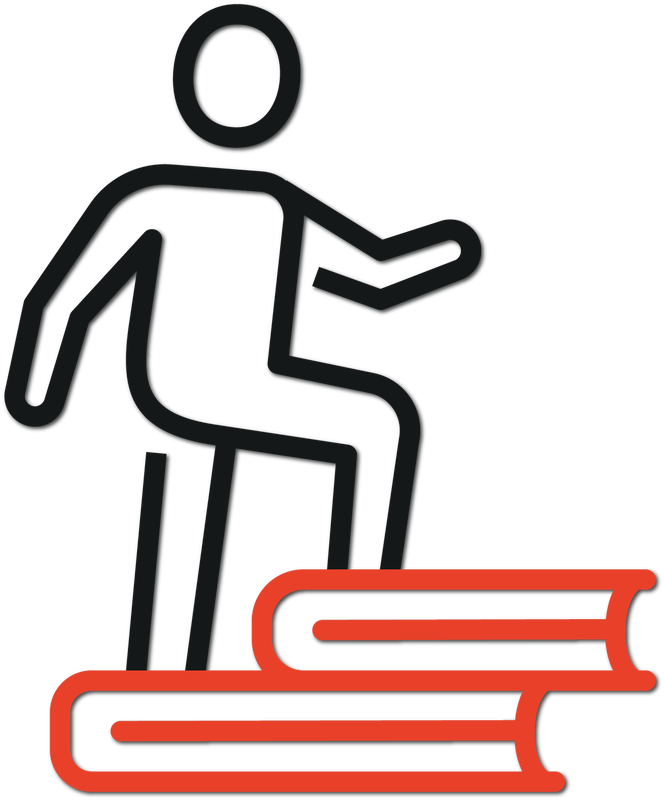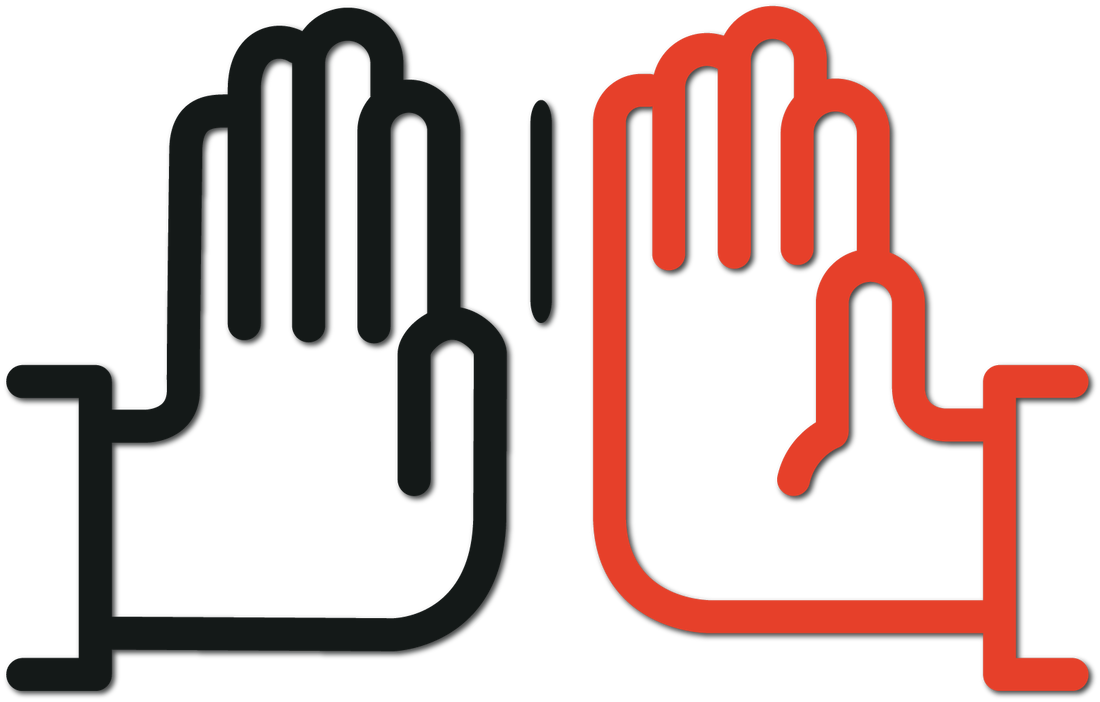Quarto Technical Services
Electrification and Advanced Technology Training
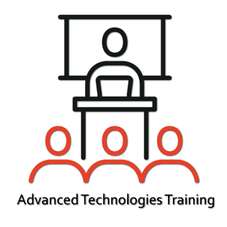
Dr. Mark Quarto, founder and CTO of Quarto Technical Services; has been involved in the instructional design and development of curriculum for technical education and training since 1983. Accurate, validated, consistent, peer reviewed and, standards-based training is critical to the delivery of training to engineers, technicians, educators, managers, and others interacting with advanced technology systems and products.
QTS delivers training in a variety of formats for both public and private use. Training products are available either directly through QTS or through one of many collaborative partners and professional affiliations. A detailed listing of training products is available below: Scroll or click to be taken directly to each option.
QTS delivers training in a variety of formats for both public and private use. Training products are available either directly through QTS or through one of many collaborative partners and professional affiliations. A detailed listing of training products is available below: Scroll or click to be taken directly to each option.
Adaptive learning is one technique for providing personalized learning, which aims to provide efficient, effective, and customized learning paths to engage each student. Adaptive learning systems use a data-driven approach to adjust the path and pace of learning, enabling the delivery of personalized learning at scale.
Through an app based delivery platform the user is presented with engaging exercises, step-by-step video demonstrations, and dynamic animations making this a fully interactive experience.
QTS develops Electrified Vehicle Systems and Safety content for Today’s Class (a collaborative partner). We will be offering and as applicable including adaptive learning content in our blending learning options.
Through an app based delivery platform the user is presented with engaging exercises, step-by-step video demonstrations, and dynamic animations making this a fully interactive experience.
QTS develops Electrified Vehicle Systems and Safety content for Today’s Class (a collaborative partner). We will be offering and as applicable including adaptive learning content in our blending learning options.
On-Demand Learning is a training strategy for how a learner gains access to knowledge based content in real time, anywhere and at any time. It is a flexible and cost-effective method for gaining new competencies by itself, or as a primer for hands-on training opportunities.
QTS, in a collaborative partnership with FutureTech Auto’s Access On-Demand training platform, develops and delivers Electrified Vehicle Systems and Safety content to automotive and transportation professionals. This content is available anytime, anywhere, and from any internet-enabled device. Content ranges from basic to advanced, and courses are available on and individual basis, as part of a bundle, or an unlimited subscription.
QTS, in a collaborative partnership with FutureTech Auto’s Access On-Demand training platform, develops and delivers Electrified Vehicle Systems and Safety content to automotive and transportation professionals. This content is available anytime, anywhere, and from any internet-enabled device. Content ranges from basic to advanced, and courses are available on and individual basis, as part of a bundle, or an unlimited subscription.
"Hands-on" training means practical training in which you actually get to use the product or process you are studying. It is one method educational systems and businesses alike use to help teach people to learn a certain task. It provides real-world experience by allowing the trainee to get their hands directly on whatever they are learning, creating confidence needed to become comfortable in application of the knowledge obtained.
As generations of experience has demonstrated to all of us, hands-on training is and will remain a highly effective way to teach transportation maintenance, service, and repair.
QTS has designed, developed, delivered several hundred courses, modules, publications, and videos on Electrified Vehicle Systems and Technologies for over 3-decades.
As generations of experience has demonstrated to all of us, hands-on training is and will remain a highly effective way to teach transportation maintenance, service, and repair.
QTS has designed, developed, delivered several hundred courses, modules, publications, and videos on Electrified Vehicle Systems and Technologies for over 3-decades.
- Courses and Workshop durations typically range from 1 day up to 5 days
- Public Course Offerings, Hosted Workshops, and Private Events are supported throughout each calendar year
In recent years, blended learning has become a desirable training option. It is a combination of Hands-On training with a prerequisite to complete a self-paced training option that includes some or all of the following: on-demand, eLearning, on-line instructor led webinar and, Adaptive learning. This method prepares the student for the Hands-on and practical training assessments that ensure positive and valuable learning experience.
One significant benefit is the reduction in loss productivity (off job or out of business) due to less time needed for hands-on training component. A example of a blended learning course is reducing a 5-day training to three days by first having the students review basic and prerequisite materials online during off-peak hours.
Typically a blended training option offers a cost reduction for the training itself as well as reduced travel costs (instructor on-site travel costs -or- for participants is they are traveling to training location).
One significant benefit is the reduction in loss productivity (off job or out of business) due to less time needed for hands-on training component. A example of a blended learning course is reducing a 5-day training to three days by first having the students review basic and prerequisite materials online during off-peak hours.
Typically a blended training option offers a cost reduction for the training itself as well as reduced travel costs (instructor on-site travel costs -or- for participants is they are traveling to training location).
Electrified Vehicles and ADAS (Advanced Driver Assistance Systems) are now in the mainstream automotive market; the diagnostic lines have been blurred between microcontrollers (MC), electronics devices, and network systems. Highly complex software (S/W), firmware (F/W), and hardware (H/W) interface systems in modern automotive architectures are compelling automotive industry service and diagnostic professionals to cultivate new knowledge and skills to more fully understand, analyze, and diagnose modern vehicle systems.
These ASE/ATMC award winning Boot Camps developed by Dr. Mark Quarto are beneficial to anyone currently or with future plans to work on Electrified Vehicle Technologies and Systems.
For those entering this technology space, the boot camps are a great pre-requisite due to the knowledge acquired provides a nice foundation prior to entering into diagnostics, service, repair, etc. If you’re already supporting EV/HEV, the varied benefits are immediate and applicable. At a minimum professionals have stated it has significantly improved their diagnostic understanding and capabilities.
There are two levels of this Boot Camp offered currently (with a third level forthcoming):
Delivery Options Include:
These ASE/ATMC award winning Boot Camps developed by Dr. Mark Quarto are beneficial to anyone currently or with future plans to work on Electrified Vehicle Technologies and Systems.
For those entering this technology space, the boot camps are a great pre-requisite due to the knowledge acquired provides a nice foundation prior to entering into diagnostics, service, repair, etc. If you’re already supporting EV/HEV, the varied benefits are immediate and applicable. At a minimum professionals have stated it has significantly improved their diagnostic understanding and capabilities.
There are two levels of this Boot Camp offered currently (with a third level forthcoming):
- Level 1 - Fundamentals (which is a pre-requisite to Level 2)
- Level 2 - Intermediate
Delivery Options Include:
- 5-day hands-on public training offered at USA hosting sites
- VIRTUAL Course to be available commencing Fall year 2020 – more information will be available Q3 2020
- Both options above are Distributed/Represented through FutureTech Auto (collaborative partner)
- See full detailed information, schedules, testimonials, and articles about the Boot Camps
QTS is currently working with experience VR development professionals with plans to develop VR training for Electrified Vehicle Systems. We will post additional information as it becomes available
QTS develops and presents monthly complimentary webinars supporting Electrified Vehicle Technologies and other related topics - these are offered and sponsored by FutureTech Auto (collaborative partner).
These webinars are free to attend, certificates are automatically emailed to participants of the live broadcast, and recordings are made available approximately 24 hours after the original broadcast.
These webinars are free to attend, certificates are automatically emailed to participants of the live broadcast, and recordings are made available approximately 24 hours after the original broadcast.
Copyright © 2022 Quarto Technical Services, LLC. All rights reserved.
2511 Eagles Nest CT, Midlothian Texas
+1 (586) 216-8875
2511 Eagles Nest CT, Midlothian Texas
+1 (586) 216-8875
